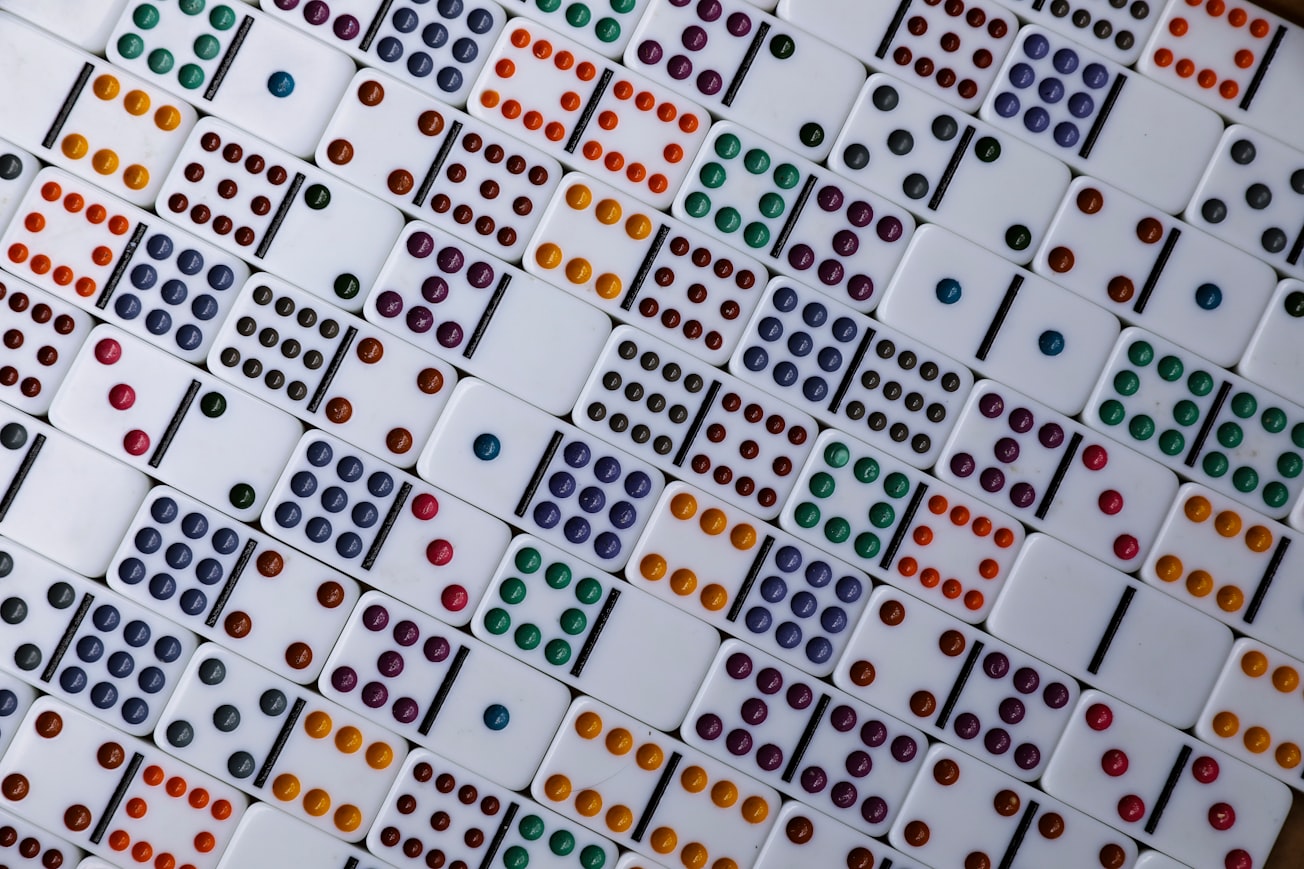What is it about?
This study tested the biases of people from different cultures in processing numerical quantities. Specifically, it compared Americans who primarily read left-to-right (English), Jordanians who primarily read right-to-left (Arabic), and Arab Americans who read in both directions (Arabic and English) living in either the United States or Jordan, in order to see whether these groups would differ in terms of the mental number line they use to process numerical quantities.
Featured Image

Photo by Mick Haupt on Unsplash
Why is it important?
The findings of this study shed light on the interaction of reading-writing direction, task instructions, and ambient visual environment (i.e., the types of writing an individual sees around them on a regular basis) in influencing an individual's processing of numerical quantities. They suggest that the effect of environment is relatively weak, whereas there are significant effects of both dominant reading-writing direction and task instructions.
Perspectives
Although there are modulating effects of reading-writing direction and task instructions, participants in this study generally seem to have a bias toward a left-to-right mental number line, supporting the view that humans may have an innate method of mapping numbers to space that is oriented left-to-right.
Dr Charles B. Chang
Boston University
Read the Original
This page is a summary of: Cultural factors weaken but do not reverse left-to-right spatial biases in numerosity processing: Data from Arabic and English monoliterates and Arabic-English biliterates, PLoS ONE, December 2021, PLOS,
DOI: 10.1371/journal.pone.0261146.
You can read the full text:
Resources
Contributors
The following have contributed to this page







